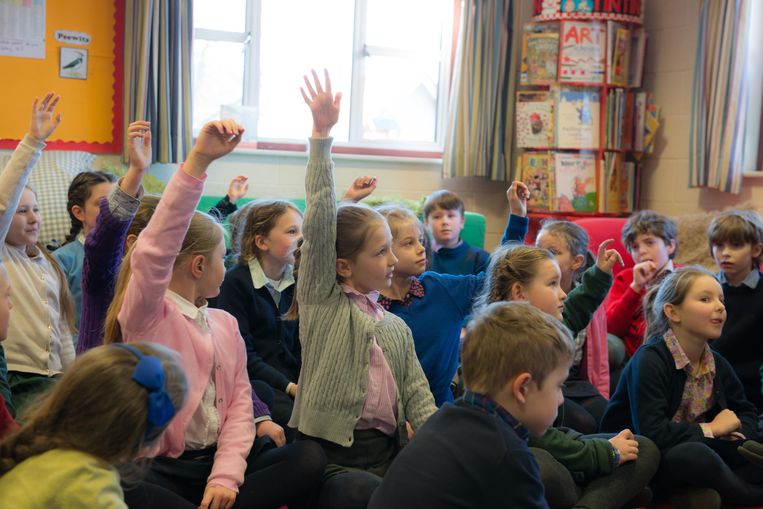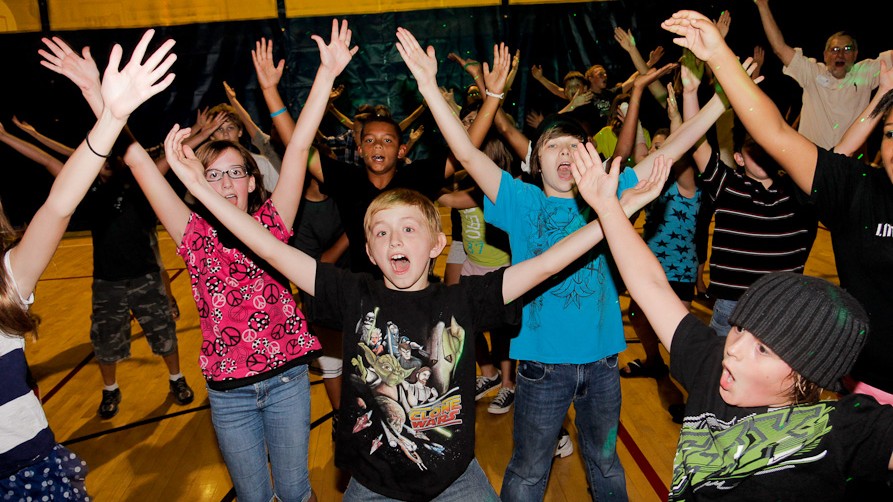Children's team plays an important role in raising a child. The self-esteem of the student and his life position largely depend on how relations develop in the classroom. It’s good if the guys are friends with each other, if their leisure time is filled with games, contests, socially useful work, if everyone has the opportunity for self-realization. Effective ways to develop students are various types of collective creative activity (KTD).
Definition
This term originated in the 60s of the last century. Doctor of Pedagogical Sciences I.P. Ivanov is considered the creator of the methodology. He was a follower of A. S. Makarenko, scrupulously studied his legacy and concluded that it was “pedagogy of cooperation” that helps to avoid such imbalances in education as excessive guardianship, authoritarianism of the teacher or, conversely, permissiveness.
KTD technologies are widely used in elementary school, among adolescents and youth. The name itself contains the decoding:
- The point is i.e. vigorous activities designed to improve the life of the class or those around them.
- Collective, because the whole class is involved in it. Children and adults come up with, plan, prepare and conduct an event together.
- Creative, because schoolchildren do not act according to the pattern, but independently look for ways to solve the problem, make “discoveries”, generate ideas.
Goals
It is assumed that children themselves choose the types of KTD that interest them, come up with the course of the event, distribute roles, and design and organize. In this case, for each child is his own business. Someone generates ideas, others distribute tasks, others fulfill them. The teacher becomes an equal partner for schoolchildren, helps to realize his plan, but does not crush his authority.
During such an activity:
- children learn to interact with each other, work for a common result;
- their need for communication is satisfied;
- there is an opportunity for creative self-realization, both individual and collective;
- the personality of each child develops, new talents and abilities are revealed.
KTD types
I.P. Ivanov proposed the following classification:
- Cognitive affairs, developing the inquisitiveness of the mind, arousing interest in solving mysteries. This includes expert tournaments, quizzes, entertaining task evenings, game trips, and the defense of independently developed projects.
- Labor affairs. They encourage students to take care of other people, to improve the surrounding reality. Widely used are labor landings, surprises, workshops, etc.
- Artistic affairs. They develop an aesthetic taste, allow children to join the art. At the same time, schoolchildren participate in art competitions, stage puppet shows, and prepare for concerts.
- Sports affairs develop the physical qualities of children, as well as perseverance, discipline. These include sports days, "Health Days", tournaments.
- Public affairs are usually dedicated to holidays (New Year, May 9, February 23, etc.). They expand children's ideas about the history and culture of their country.
- Environmental affairs foster a love of nature, the desire to take care of it. Schoolchildren make expeditions to the region, clean garbage in parks, save streams, study birds, plants, arrange an exhibition of forest gifts.
- Leisure activities allow you to make the life of the team bright, joyful. This includes balls, discos, all kinds of games, carnivals, competitions, holidays, birthday and tea parties.
Preparation stages
Participation in KTD makes students independent. Events are prepared by common forces, taking into account children's interests, which significantly increases motivation. The following stages of the organization of KTD can be distinguished:

- Preliminary work. First you need a plan. Children share their ideas, protect them, and conduct a brainstorming session. The teacher can give examples of CTD from his practice, but do not impose them. Children should understand why or for whom an event is being held, what will change in the world or class after it. The teacher sets pedagogical goals, determines the ways of their implementation.
- Collective planning. At this stage, the form and content of the common cause are determined, responsibilities are allocated, specific deadlines are set. Children exchange their opinions in microgroups, then submit them for general discussion. As a result, the final decision is made on how best to organize everything. An initiative group is selected on whose shoulders lies the development of the scenario and the delegation of responsibilities.
- Collective training. The initiative group gives instructions to other students. Each child or microgroup is responsible for its episode. Costumes are being prepared, props, music is selected, rehearsals are organized. Often at this stage, some participants give up, faced with difficulties, someone does not want to take part in the common cause, the organizers do not cope with their responsibilities. The teacher should act as an older, experienced comrade who helps to avoid conflict. It is necessary to provide schoolchildren with support, but not dictate their conditions to them.

CTD
The class expects this event with joy and excitement. It is important that everyone is aware of their contribution. Of course, errors may occur during the event. Children do not have the organizational experience that an adult possesses. Try to learn from mistakes, draw conclusions. It is equally important to notice successes, even the smallest ones, to enjoy them.
There are many types of KTD, and after each at the general meeting the results are summed up. It is necessary to teach students to analyze the experience gained, to draw conclusions from it. Sometimes they conduct anonymous questioning, which allows you to take into account the views of each child. When organizing the next collective business, all the mistakes made must be taken into account.
KTD in elementary school
In their work, teachers take into account the age characteristics of students. So, younger students still can not independently organize the event. The teacher assumes the role of leader or coordinator, over time giving the children more independence. It is important to take into account their opinions, to encourage initiative. Sometimes it’s useful to pass a leadership role to parents or high school students.
After developing the script, the class is divided into microgroups, each is given a task. It is important that children learn to do their part of the work on their own, with minimal help from adults. When conducting sports and art contests, provide for a large number of nominations so as not to offend anyone.
KTD in middle and senior classes
The older the children, the more independent they become. If we are talking about adolescents, then the teacher can safely assume the role of observer. In this case:
- Intervene immediately in case of conflict.
- Each time, re-form microgroups for the event so that children enter into new types of relationships.
- To provide a change of activity for each pupil, to conduct different types of KTD.
- Engage inactive schoolchildren, trying to find something for them to their liking.
There are many successful examples of KTD, they are described by I.P. Ivanov and his followers. The main thing is not to act according to the pattern, so that the joint business becomes an improvisation, a flight of soul and fantasy.